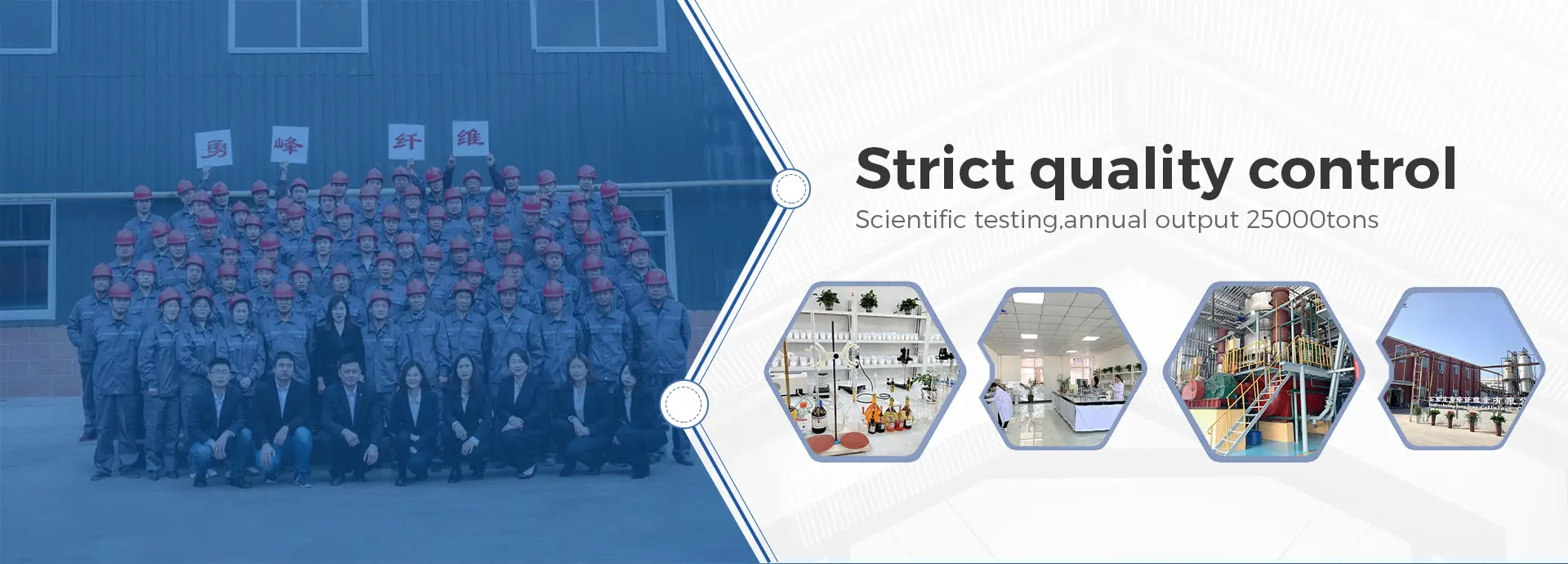Understanding Methyl Cellulose and Hydroxypropyl Methylcellulose (HPMC)
Methyl cellulose and hydroxypropyl methylcellulose (HPMC) are both derivatives of cellulose, a natural polymer found in the cell walls of plants. These chemical compounds have unique properties that make them widely useful in various industrial applications, from food production to pharmaceuticals and construction. This article aims to explore the characteristics, applications, and benefits of methyl cellulose and HPMC.
What is Methyl Cellulose?
Methyl cellulose is a non-ionic cellulose ether produced by the chemical modification of cellulose through methylation. This process introduces methyl groups into the cellulose structure, resulting in a white, odorless powder that is soluble in cold water but insoluble in hot water. When dissolved, methyl cellulose forms a gel-like consistency, making it an effective thickening and gelling agent.
Due to its unique properties, methyl cellulose has become an essential ingredient in many industries. In the food sector, it is often used as a thickening agent, stabilizer, or emulsifier in products like ice cream, salad dressings, and sauces. Its ability to retain water helps improve texture and mouthfeel, while also extending shelf life by preventing freezer burn and aiding in moisture retention.
What is Hydroxypropyl Methylcellulose (HPMC)?
Hydroxypropyl methylcellulose, or HPMC, is another cellulose derivative that combines the properties of methyl cellulose with hydroxypropyl groups. This additional modification enhances the solubility and rheological properties of the compound. HPMC is also a white, odorless powder, but it can dissolve in both cold and hot water, leading to a more versatile range of applications.
methyl cellulos hpmc

HPMC is widely used in the construction industry, particularly in the formulation of dry-mix mortars, tile adhesives, and stuccos. Its water-retention properties ensure that the mixtures remain workable for longer periods, improving the bonding strength and overall performance of construction materials. Additionally, HPMC's film-forming ability makes it an excellent choice for coatings and sealants.
Applications of Methyl Cellulose and HPMC
In addition to their uses in food and construction, methyl cellulose and HPMC have significant roles in the pharmaceutical and cosmetic industries. In pharmaceuticals, HPMC is utilized as a binding agent in tablets and as a coating material, enhancing drug release properties. In cosmetics, both compounds serve as thickening agents in lotions, creams, and gels, contributing to the desired texture and viscosity.
Furthermore, the versatility of methyl cellulose and HPMC extends to the personal care sector, where they are used in hair care products, skin applications, and even as excipients in various formulations. The environmentally friendly nature of these cellulose derivatives makes them appealing in sustainable product development, aligning with consumer demands for eco-friendly materials.
Advantages of Methyl Cellulose and HPMC
Both methyl cellulose and HPMC offer several advantages that make them desirable for industry use. They are non-toxic, biodegradable, and derived from renewable resources, which reduces environmental impact. Moreover, they exhibit excellent stability across a range of pH levels and temperatures, making them reliable choices for various formulations.
In summary, methyl cellulose and hydroxypropyl methylcellulose are versatile cellulose derivatives that play crucial roles in multiple industries. Their unique properties, such as thickening, gelling, and film-forming capabilities, enable them to enhance product quality and performance. As sustainability continues to grow in importance, the demand for these eco-friendly compounds is likely to rise, solidifying their presence in future product developments across different sectors.
-
Premium Detergent Grade HPMC Hydroxypropyl Methylcellulose: Superior Thickening & StabilityNewsAug.31,2025
-
HEC 100000 Hydroxyethylcellulose for Paint | Superior ThickeningNewsAug.30,2025
-
Wall Putty Rdp Powder Packaging DesignNewsAug.29,2025
-
Introduction to Hpmc Hydroxypropyl Methyl CellulosNewsAug.29,2025
-
Hpmc Industri Grade IntegrationNewsAug.29,2025
-
How to Choose the Right Construction AdhesiveNewsAug.29,2025




